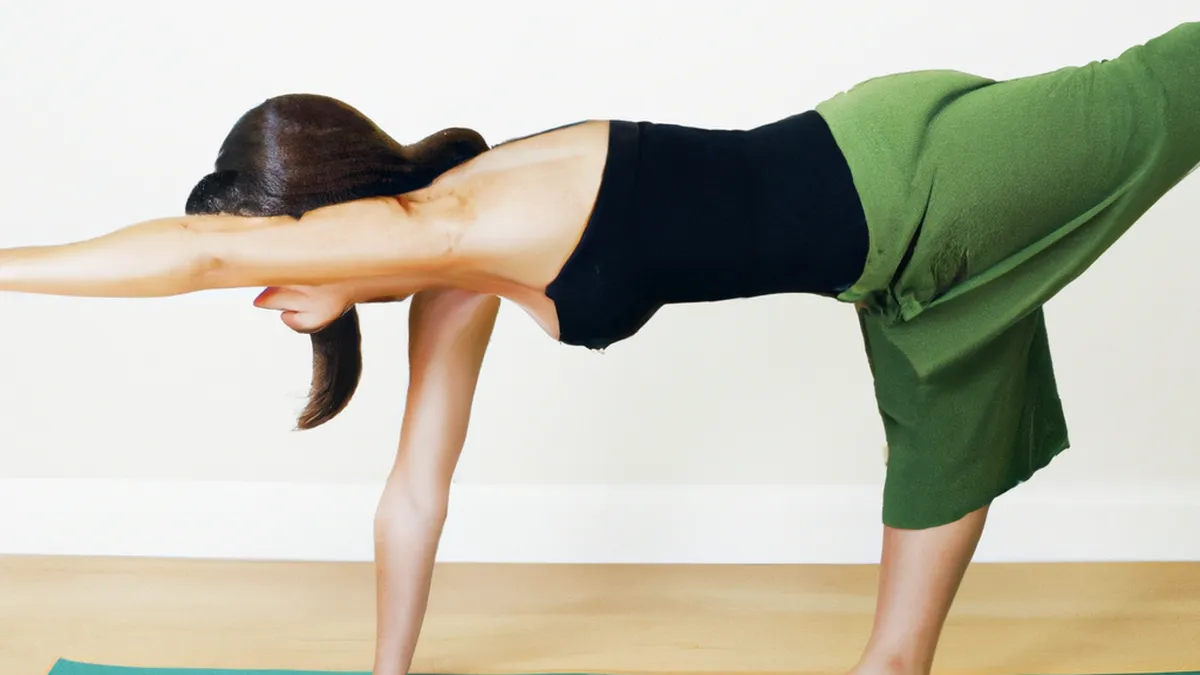Perfect Plyometric Workouts for Athletes (BMX Freestyle)
Unlock Your Power: Plyometric Training RoutinesPlyometric training boosts athletic performance through explosive movements. It enhances strength, speed, and agility for athletes and fitness enthusiasts. This post explores various routines, tips for beginners, safety advice, and benefits.
What is Plyometric Training?
Plyometric training, or “jump training,” uses the stretch-shortening cycle. This cycle has two phases: eccentric and concentric. In the eccentric phase, muscles stretch and store energy. The concentric phase involves rapid muscle contraction that releases energy. This mechanism enables explosive movements, making plyometrics effective for athletic improvement.
Tips for Getting Started with Plyometric Training
As an Amazon Associate I earn from qualifying purchases.
Gear tip: consider compression sleeves, compression socks, and percussive massager to support this topic.
1. **Start Slow**: Begin with basic exercises and gradually increase workout intensity and complexity.2. **Warm-Up Properly**: Perform a dynamic warm-up before each session to prepare your muscles and joints.3. **Focus on Form**: Prioritize quality over quantity. Ensure proper form to avoid injuries and keep your knees aligned with your toes.4. **Incorporate Rest Days**: Allow recovery time for your muscles and joints to prevent overtraining.5. **Listen to Your Body**: Stop immediately if you feel pain. Consult a healthcare professional if discomfort continues.
Sample Plyometric Training Routines
Beginner Routine
1. **Jumping Jacks**: Complete 3 sets of 15–20 reps to warm up your body and elevate your heart rate.2. **Box Jumps**: Jump onto a sturdy box with 3 sets of 8–10 reps. Focus on soft jumps and light landings.3. **Lateral Bounds**: Leap sideways while standing on one leg. Perform 3 sets of 10 reps on each side to enhance lateral movement.
Intermediate Routine
1. **Depth Jumps**: Step off a box and jump immediately upon landing. Perform 3 sets of 6–8 reps to increase explosive power.2. **Single-leg Hops**: Hop forward on one leg for 10–15 yards. Complete 3 sets on each leg to develop balance and strength.3. **Tuck Jumps**: Jump high while bringing your knees to your chest. Perform 3 sets of 10 reps to boost vertical height.
Advanced Routine
1. **Plyometric Push-Ups**: Push off the ground to lift your hands. Perform 3 sets of 6–8 reps to target upper body power.2. **Broad Jumps**: Jump forward as far as possible. Complete 3 sets of 5–6 reps to enhance horizontal power.3. **Burpee Box Jumps**: Combine a burpee with a box jump. Perform 3 sets of 5–6 reps to challenge strength and endurance.
Safety Advice for Plyometric Training
Plyometric training can be intense, so prioritize safety. Follow these tips for safe and effective workouts:1. **Choose the Right Surface**: Use a soft surface like grass or gym mats. Avoid hard surfaces such as concrete.2. **Wear Proper Footwear**: Choose shoes with good support and cushioning to reduce injury risk.3. **Gradually Increase Intensity**: Increase workout difficulty over time by adding reps or trying advanced exercises.4. **Monitor Your Fatigue Levels**: Take breaks if you feel fatigued. Ignoring fatigue can lead to poor form and injuries.
Benefits of Plyometric Training
Incorporating plyometric training offers numerous benefits:1. **Increased Power**: Plyometrics develop explosive strength, improving athletic performance.2. **Improved Agility**: Quick, dynamic movements enhance coordination and agility, leading to better on-field performance.3. **Enhanced Fat Loss**: Plyometric exercises elevate heart rate and burn calories, aiding weight management.4. **Injury Prevention**: Strengthening muscles and improving coordination reduce injury risk. Plyometrics enhance joint stability.5. **Boosted Athletic Performance**: Overall, plyometric training improves speed, strength, and athleticism.
Conclusion
Plyometric training routines enhance your fitness dynamically. Use proper techniques tailored to your skill level to unlock your potential. Prioritize safety and listen to your body as you progress. Experience the benefits of improved power, agility, and performance through plyometric training. Start your journey today!
Below are related products based on this post:
FAQ
What is plyometric training?
Plyometric training, also known as “jump training,” involves exercises that utilize the stretch-shortening cycle of muscles. It consists of two phases: the eccentric phase, where muscles stretch and store energy, and the concentric phase, where rapid muscle contraction releases that energy for explosive movements.
What are some tips for beginners starting plyometric training?
Beginners should start slowly with basic exercises and gradually increase intensity. It’s essential to perform a proper warm-up, focus on maintaining good form, incorporate rest days for recovery, and listen to your body to prevent injuries.
What are the benefits of plyometric training?
Plyometric training offers several benefits, including increased power, improved agility, enhanced fat loss, and reduced injury risk. It strengthens muscles, boosts athletic performance, and enhances overall coordination and joint stability.















Post Comment